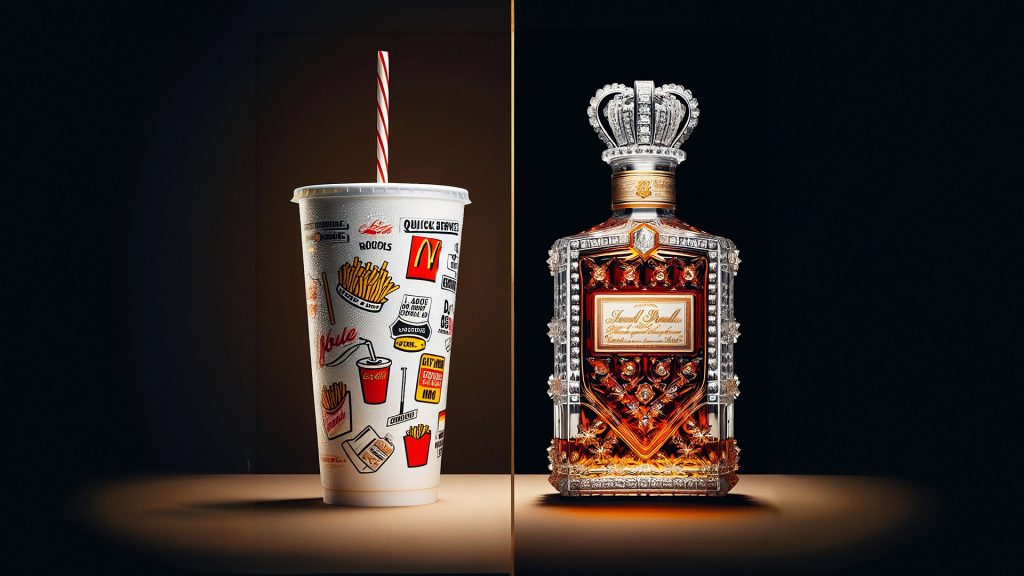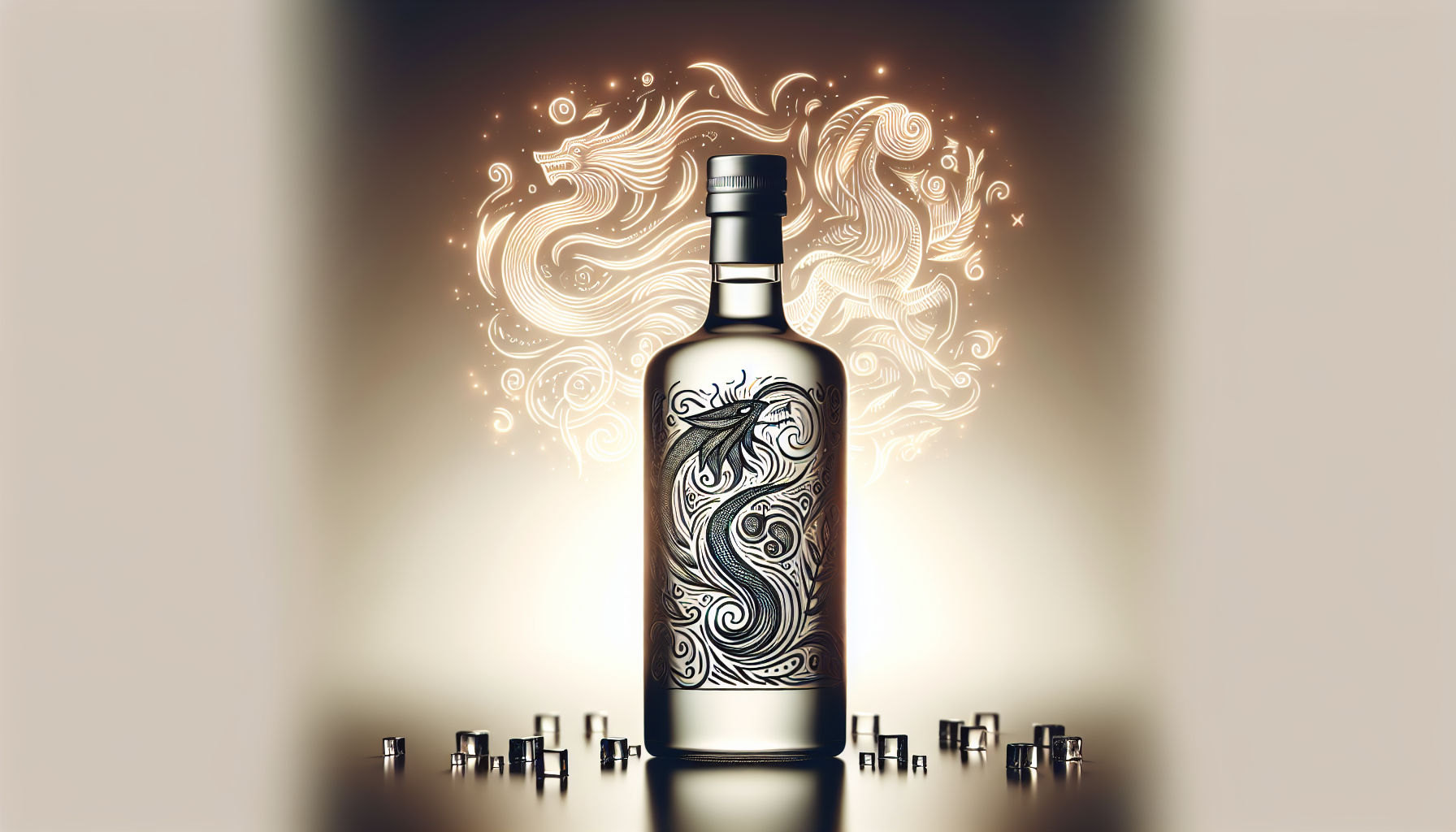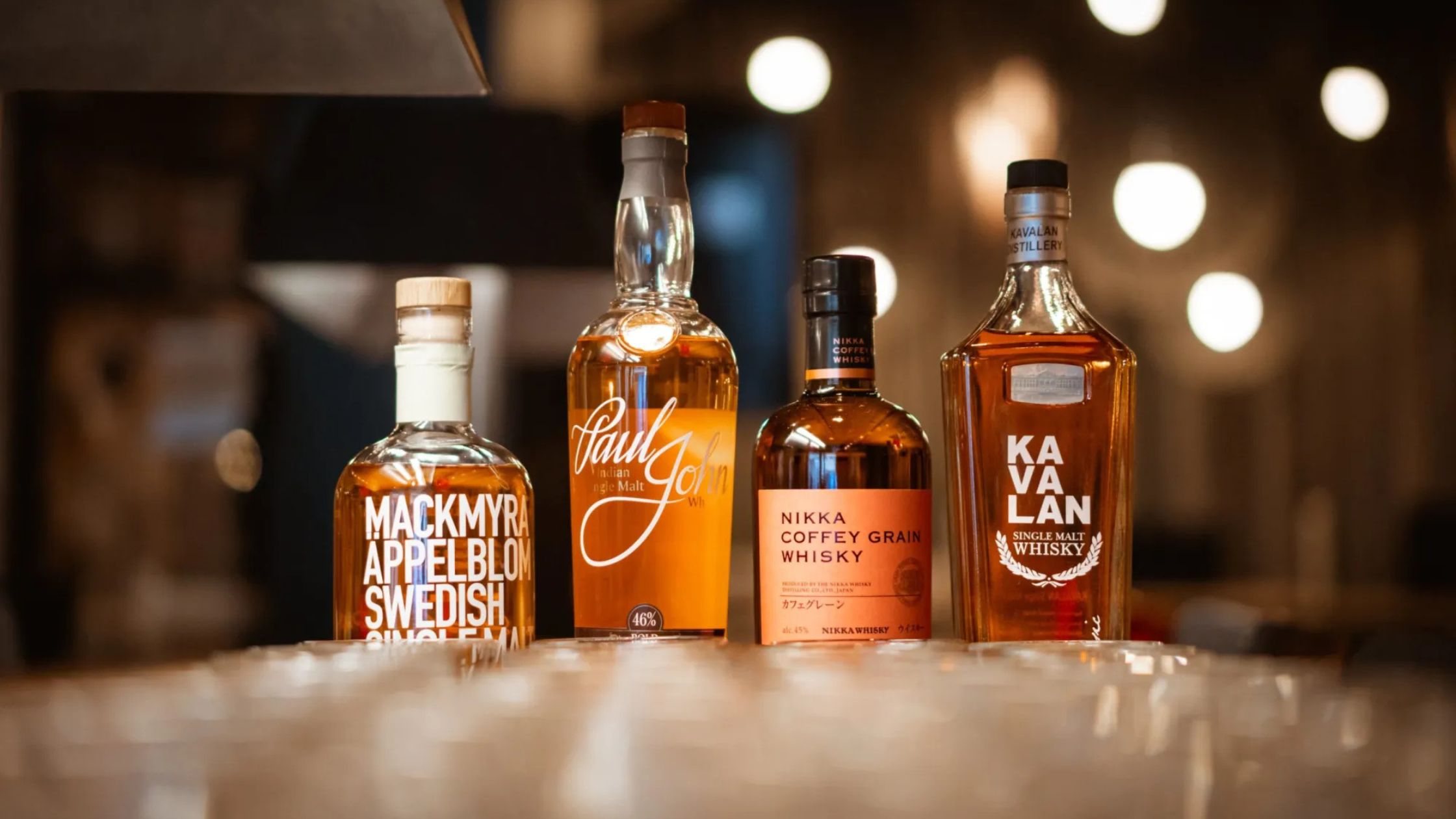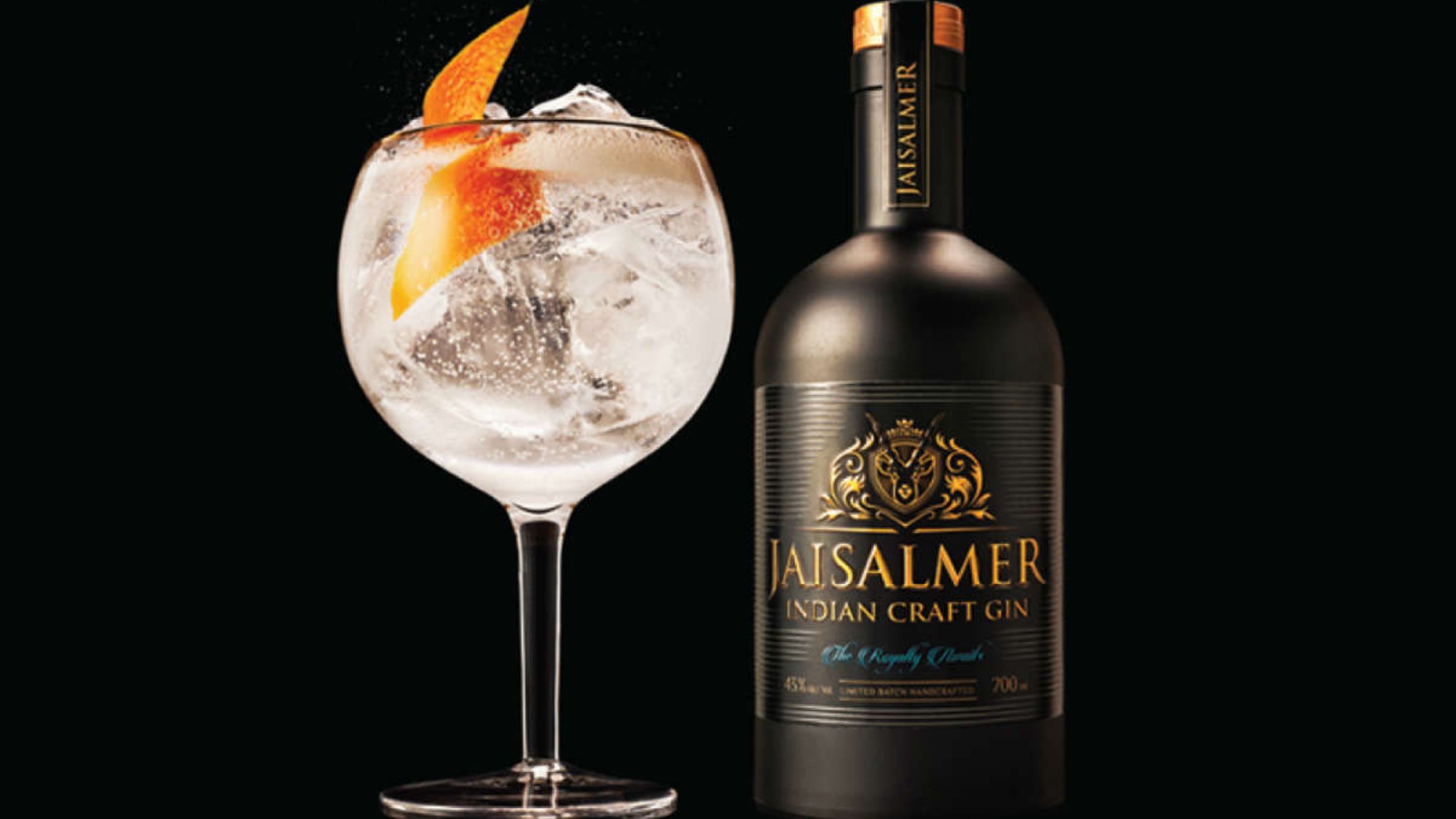The Art of Bottle Design: How Packaging Influences Perception
When it comes to purchasing beverages, especially spirits, the packaging plays a crucial role in shaping consumer perception and influencing buying decisions. The art of bottle design goes beyond mere aesthetics; it is a strategic tool that communicates a brand's identity, values, and the quality of the product inside. This article explores how bottle design impacts consumer perception and why it is an essential element of product marketing.
The First Impression: Visual Appeal
In a crowded marketplace, the visual appeal of a bottle can make or break a product's success. The design of a bottle is often the first point of interaction between the consumer and the brand. A well-designed bottle can capture attention and create a lasting impression, making it more likely that a consumer will pick it up and consider purchasing it.
Color, shape, and texture are key elements that contribute to the visual appeal of a bottle. For instance, deep, rich colors like amber or emerald green may evoke feelings of luxury and sophistication, while bright, bold colors can suggest a sense of fun and energy. The shape of the bottle, whether sleek and modern or classic and ornate, can also convey specific messages about the brand and the product's character.
Communicating Brand Identity
Bottle design is a powerful medium for conveying a brand's identity. Every aspect of the design, from the label to the cap, tells a story about the brand's values, heritage, and target audience. For example, a bottle with minimalist design elements, clean lines, and subtle branding might appeal to consumers who value modernity and simplicity. On the other hand, a bottle with intricate detailing and vintage-inspired graphics might attract those who appreciate tradition and craftsmanship.
Brands often use unique bottle designs to differentiate themselves from competitors and to create a memorable identity in the minds of consumers. A distinctive bottle design can become synonymous with the brand itself, helping to build brand loyalty and recognition over time.
Enhancing Perceived Value
The design of a bottle can significantly influence the perceived value of the product inside. High-quality materials, such as thick glass, embossed logos, and metal caps, can enhance the perception of luxury and quality. In contrast, a flimsy or poorly designed bottle might lead consumers to perceive the product as cheap or inferior, regardless of its actual quality.
Limited edition bottles, special packaging, or collaborations with artists can further elevate the perceived value of a product. Consumers may be willing to pay a premium for a beautifully designed bottle that they see as a collectible or a statement piece.

The Role of Psychology in Bottle Design
Psychology plays a significant role in how consumers perceive bottle design. The shape, color, and even weight of a bottle can evoke specific emotions and associations. For example, a heavy, solid bottle might give the impression of durability and quality, while a light, delicate bottle might suggest elegance and refinement.
The use of certain colors can also trigger emotional responses. Red is often associated with passion and excitement, while blue can evoke feelings of calmness and trust. By carefully selecting design elements that align with the desired emotional response, brands can influence how consumers perceive their products.
Functionality and User Experience
While aesthetics are important, functionality is another critical aspect of bottle design. A well-designed bottle should not only look good but also be practical and easy to use. Features such as ergonomic shapes, easy-to-open caps, and pour-friendly spouts contribute to a positive user experience, which can enhance consumer satisfaction and loyalty.
Innovative designs that improve functionality, such as bottles with built-in measuring tools or resealable caps, can also set a product apart from competitors. These functional elements can add value to the product and make it more appealing to consumers.
Sustainability in Bottle Design
As consumers become more environmentally conscious, sustainable bottle design has become increasingly important. Brands are now considering the environmental impact of their packaging and are opting for eco-friendly materials and designs. Recyclable glass, biodegradable labels, and refillable bottles are some of the ways brands are responding to the demand for sustainability.
Sustainable bottle design not only appeals to eco-conscious consumers but also reflects positively on the brand's image. By adopting environmentally friendly practices, brands can demonstrate their commitment to sustainability and social responsibility, which can enhance their reputation and attract a loyal customer base.
Conclusion
The art of bottle design is a complex and multifaceted discipline that goes beyond creating visually appealing packaging. It involves understanding consumer psychology, brand identity, perceived value, and functionality, all while considering the impact on the environment. A well-designed bottle can create a strong first impression, communicate a brand's story, and influence consumer perception, ultimately driving sales and building brand loyalty.
In today's competitive market, where consumers are faced with an overwhelming array of choices, the design of a bottle can be a decisive factor in a product's success. Whether it's a classic spirit, a premium wine, or a refreshing soft drink, the right bottle design can elevate the product and make it stand out on the shelf.


